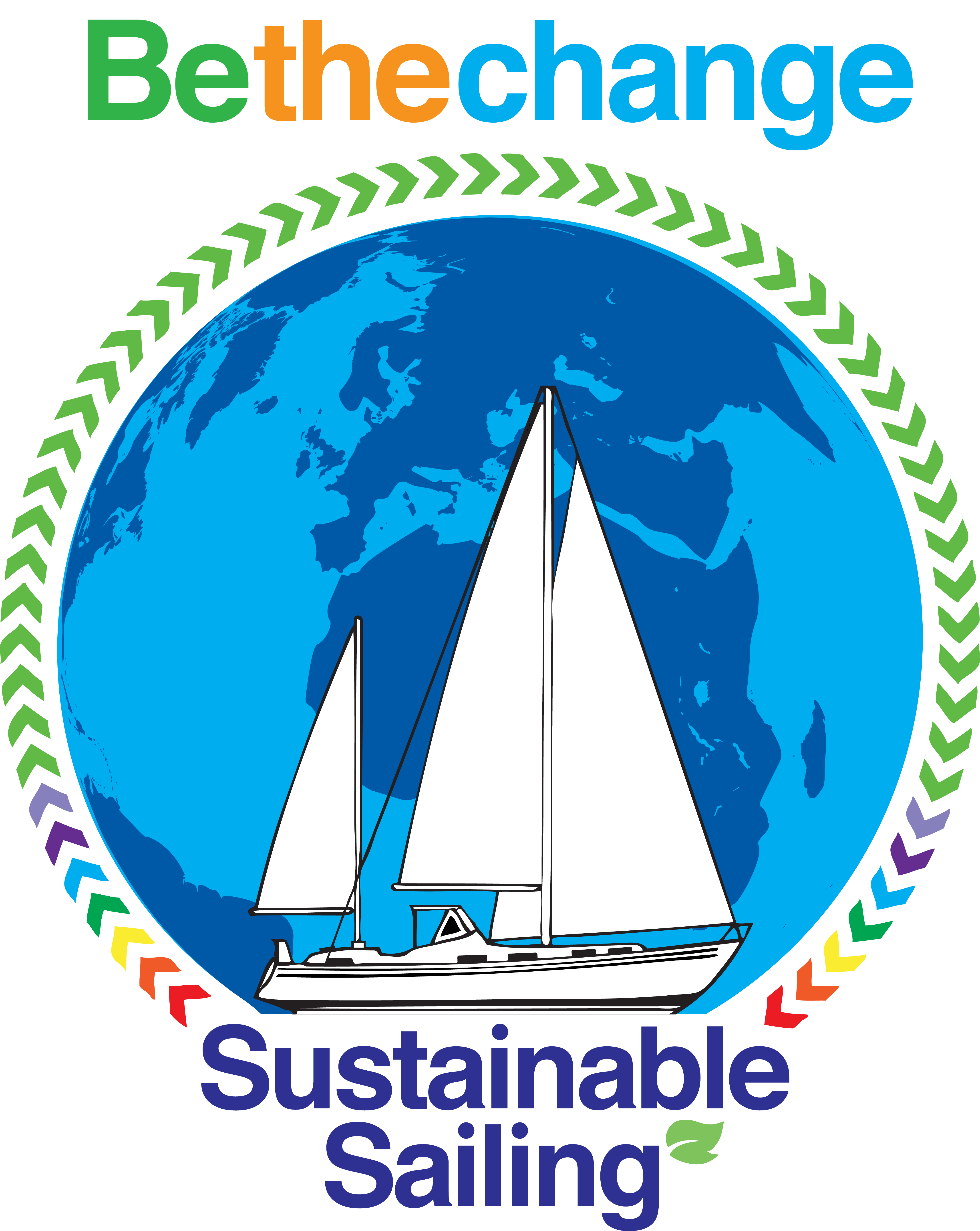Month: September 2021
-
Start weekend update
We arrived just after dark and fortunately were able to get everything on the boat in the dry (big puddles all around though). Wind is howling, forecast says gusts 37 mph and it definitely sounds like it, boat is shuddering a little. Despite that nice and snug inside, had a lovely cabbage stir fry and…
-
Bow roller progress and it’s on YouTube!
So we are back to experimenting with some video as well as making some solid progress on the bow roller. Hope you enjoy!
-
Adding more simplicity :-)
We have been busy with the rest of life this month (September is always a very busy time at work for us both). However, our thinking has been progressing and we have been finding lots of inspiration from very small boats and from other people’s projects. So for example this video from Sailing Magic Carpet…
-
Mast top coats of paint finished (for now)
Today was beautiful weather and we were able to get the last coat of paint on both masts (at least for the moment) m We are not in a rush now to get the masts up. There is nothing to be gained by putting them up in the boatyard for the winter. We still have…
-
Cabin sole (floor) upgrade plans
We already know we need to make significant changes to the floors of all parts of Vida. Some of the drivers for this are: The aft cabin has been remodelled so that the original floors don’t match the new shape of the aft heads or the storage under the new bed. The corridor to the…
-
Mast top coat 1
Today has been less certain when it comes to rain than we had hoped. However, this morning we sanded the masts with 400 grit, then washed and dried them. In the end we waited until 3pm for painting in the hope of more certainty about it staying dry. This time rollers are not recommended (or…
-
End of holiday mast painting race
Tuesday was the last day of our holiday and so was always going to be busy packing up all the tools and materials that we have been using for just over two weeks. However, our biggest decision and challenge was where do go next with the painting of our masts. By Tuesday morning the 2nd…
